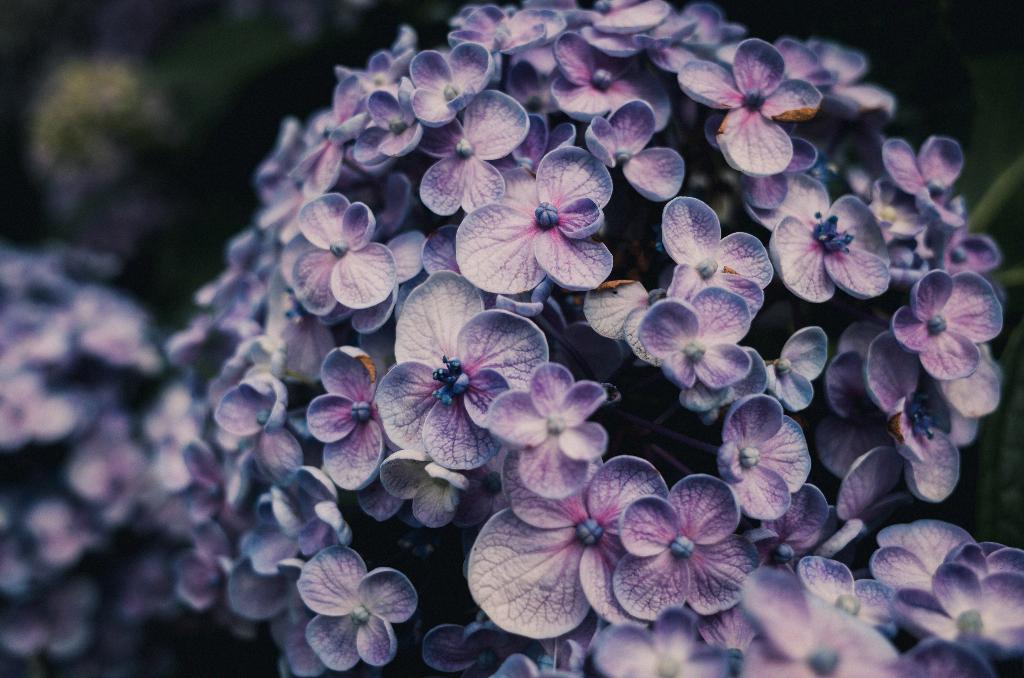Pruning lilacs can be a rewarding task that can help promote healthier growth, increase flower production, and keep your bushes looking tidy. To determine the best time to cut back your lilacs, it’s crucial to understand their blooming cycle and growth patterns.
After Flowering
The ideal time to prune your lilacs is right after they finish flowering for the season. This usually occurs in late spring or early summer, depending on your climate and the specific variety of lilac you have. Pruning immediately after flowering allows you to remove spent flower heads, shape the bush, and encourage new growth for the next year.
Avoiding Late Fall and Winter
It is important to avoid cutting back your lilacs in late fall or winter. Pruning during these seasons can remove next year’s flower buds, leading to reduced blooming in the following spring. Lilac bushes set flower buds in the summer and fall, so pruning during these times can disrupt the blooming cycle.
Young vs. Mature Plants
When it comes to younger lilacs, deadheading spent flower heads can be beneficial to encourage bushier growth and more robust blooms. However, for mature specimens, deadheading is often unnecessary and can be time-consuming. Instead, focus on removing dead or diseased wood, broken branches, and any signs of pest infestation.
Considering Growth Patterns
Understanding the growth patterns of lilacs can also help you determine when to cut them back. Lilacs bloom on old wood, meaning that they produce flowers on branches that grew the previous year. Pruning immediately after flowering allows you to shape the bush while ensuring that you don’t accidentally remove potential flower buds for the next year.
Pruning Techniques
When cutting back lilacs, it’s important to use sharp, clean tools to make precise cuts that promote healing. Remove any dead, damaged, or crossing branches to improve the overall health of the bush. Aim to create an open center in the lilac bush to allow for better air circulation and sunlight penetration, which can reduce disease and promote vigorous growth.
Encouraging Regrowth
Proper pruning can stimulate new growth from the base of the lilac bush, leading to a fuller and more robust plant. Cutting older stems back to the ground can rejuvenate an overgrown or neglected lilac, encouraging fresh shoots to emerge and produce more blooms in the future.
Consulting Local Resources
If you’re unsure about when to cut back your lilacs or need specific guidance for your region, consider consulting local gardening resources or extension services. They can provide valuable insights into the best practices for pruning lilacs in your area and help you avoid common mistakes that may affect blooming and overall plant health.
Observing Lilac Health
Regularly monitoring the health of your lilacs throughout the growing season can also help you determine when to cut them back. Look for signs of disease, pest infestations, or weak growth that may indicate the need for pruning. Addressing these issues promptly can help maintain the vitality and beauty of your lilac bushes.
Seasonal Considerations
While the general rule is to prune lilacs after flowering, you may need to make adjustments based on your specific climate and growing conditions. In colder regions, it’s best to avoid late-season pruning that may expose tender new growth to frost damage. Plan your pruning schedule accordingly to protect your lilacs from unexpected weather fluctuations.
Patience and Maintenance
Remember that pruning is just one aspect of caring for your lilacs. Regular maintenance tasks, such as watering, fertilizing, and mulching, can also contribute to the overall health and vibrancy of your bushes. By combining proper pruning techniques with consistent care, you can enjoy a beautiful display of lilac blooms year after year.
Conclusion
Knowing when to cut back your lilacs is essential for promoting their growth, blooming, and long-term health. By pruning at the right time, using appropriate techniques, and monitoring the plant’s condition, you can ensure that your lilacs thrive and bring joy to your garden season after season.

